Welcome to the world of decor screen panels! If you’re looking to enhance your living space while adding a touch of elegance, you’ve come to the right place. Having spent years experimenting with different interior design techniques, I can truly say that decor screen panels are among the most versatile and effective elements for home decor. In this article, we’ll dive deep into the types, benefits, installation tips, and more about decor screen panels. Let’s get started!
What Are Decor Screen Panels?
Decor screen panels, often referred to simply as “screen panels,” are decorative partitions that provide privacy while adding an artistic flair to your home. They can be made from various materials, including wood, metal, glass, and fabric. These panels can be used in numerous ways, such as dividing spaces, enhancing aesthetics, or providing functional benefits.
The Versatility of Decor Screen Panels
One of the remarkable things about decor screen panels is their versatility. They can serve the following purposes:
- Space Division: Create private areas in large rooms.
- Decorative Accent: Add an artistic touch to interiors.
- Functional Use: Hide storage areas or unsightly utilities.
Types of Decor Screen Panels
1. Wooden Screen Panels
Wooden screen panels are timeless classics that bring warmth and texture into any room. They come in various designs, from intricate carvings to minimalist slats.
- Pros: Durable, easy to customize, and offer a natural look.
- Cons: Can be heavy and may require maintenance to prevent damage.
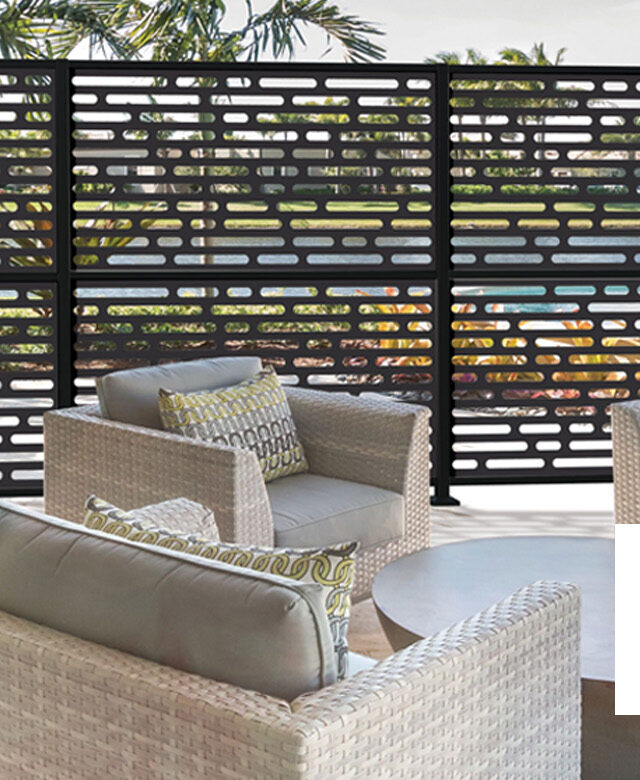
2. Metal Screen Panels
Metal panels are modern and sleek, ideal for contemporary homes. They often feature geometric designs and can be used both indoors and outdoors.
- Pros: Long-lasting, low maintenance, and available in various finishes.
- Cons: Can be cold and uninviting if not paired with warm elements.
3. Glass Screen Panels
Glass panels offer an open and airy feel while providing some level of separation. They are perfect for spaces where light is a priority.
- Pros: Brightens spaces, adds elegance, and is easy to clean.
- Cons: Can be fragile and may require special hardware for installation.
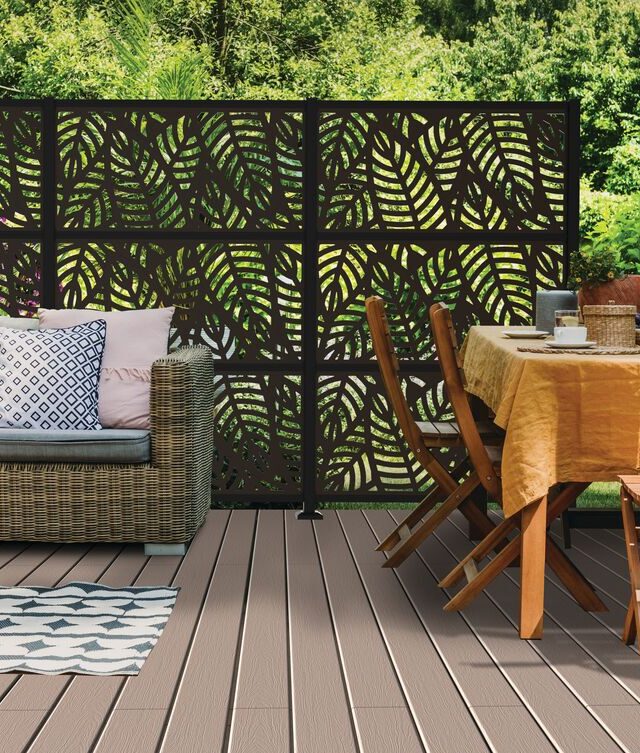
4. Fabric Screen Panels
Fabric panels are soft and can be incredibly versatile in terms of design. They can be used to add color and texture while softening the overall look.
- Pros: Lightweight, easy to change, and available in countless designs.
- Cons: May not offer as much privacy and can attract dust.
Choosing the Right Decor Screen Panel for Your Space
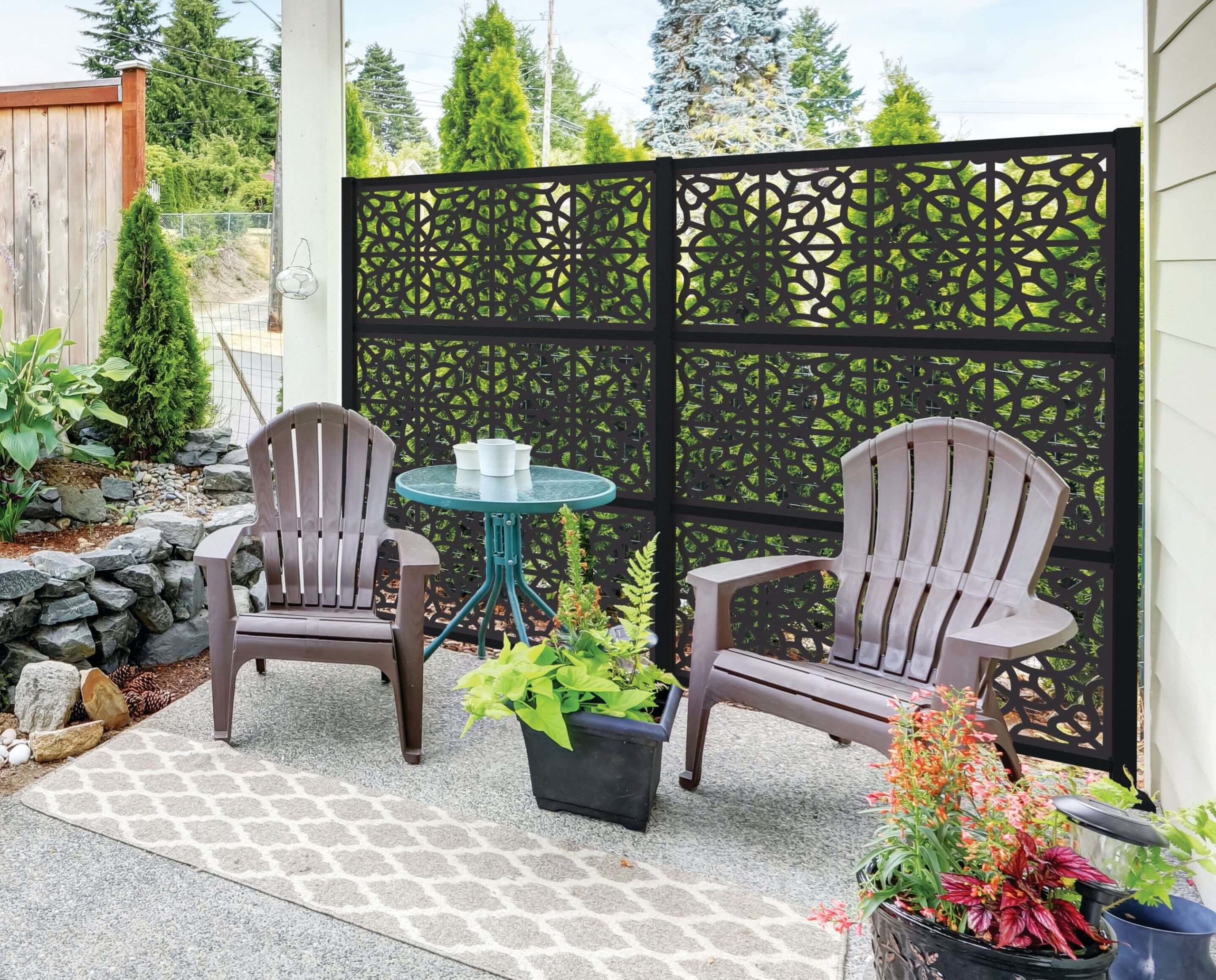
Factors to Consider
When selecting the perfect screen panel, here are some factors to consider:
- Purpose: Determine if you need it for privacy, decoration, or separation.
- Style: Match the panel with your existing decor theme.
- Material: Choose a material that meets your functional needs and aesthetic preferences.
- Size: Measure your space to ensure the panel fits well.
Comparison Table of Screen Panel Types
| Type | Pros | Cons | Best Use |
|---|---|---|---|
| Wooden | Durable, customizable | Heavy, maintenance needed | Traditional interiors |
| Metal | Long-lasting, sleek | Cold feel, expensive | Modern spaces |
| Glass | Bright, elegant | Fragile, requires special installation | Contemporary, open areas |
| Fabric | Lightweight, versatile | Less privacy, attracts dust | Soft decor touches |

Benefits of Using Decor Screen Panels
1. Enhanced Aesthetics
Decor screen panels can transform an ordinary room into an extraordinary space. They add depth and texture, often serving as a focal point in your design.
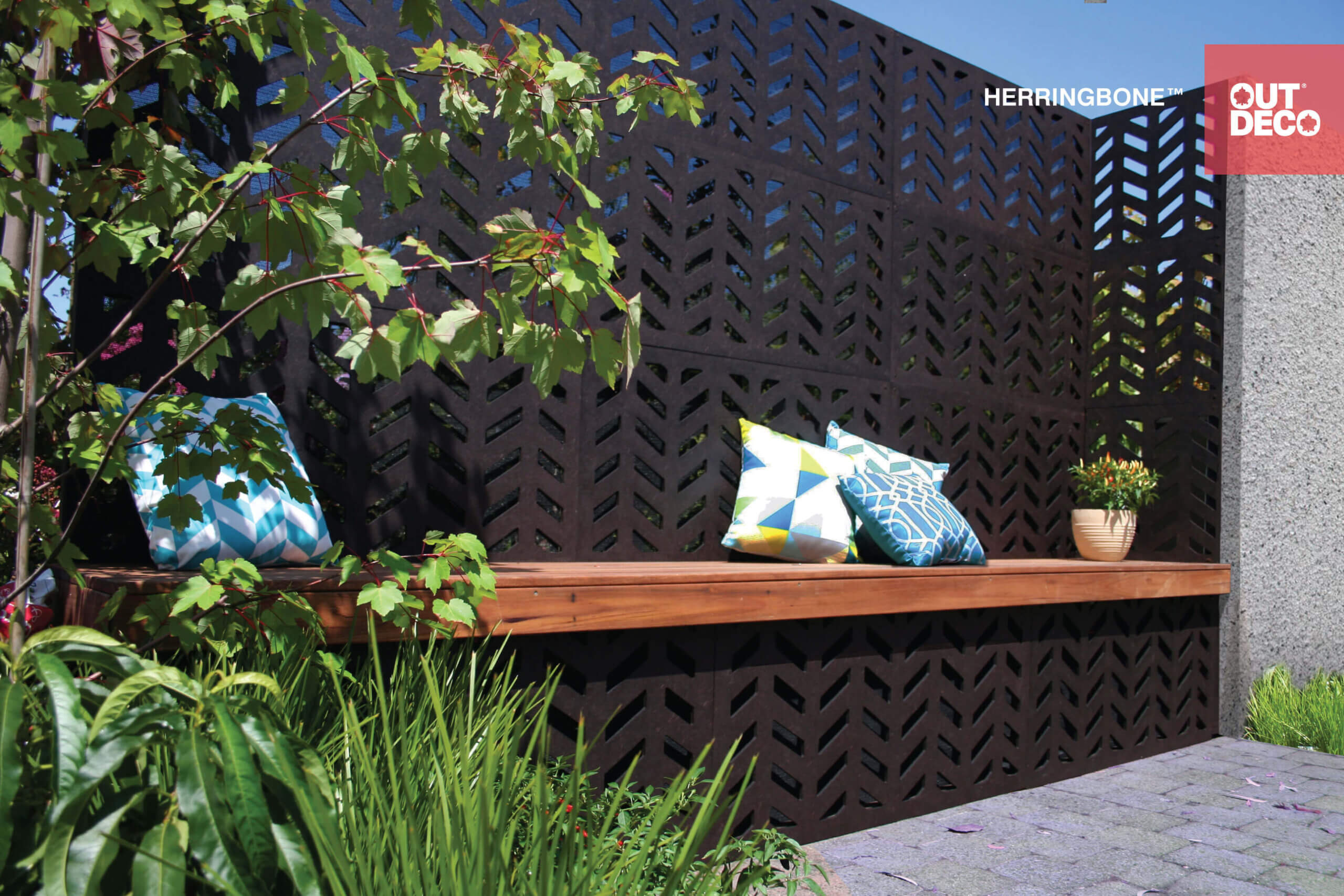
2. Improved Privacy
For open floor plans or studio apartments, screen panels can provide much-needed privacy without the hassle of constructing permanent walls.
3. Easy to Install
Most decor screen panels are easy to install and can be done by a DIY enthusiast within a few hours. This makes them a cost-effective solution for home decorators.
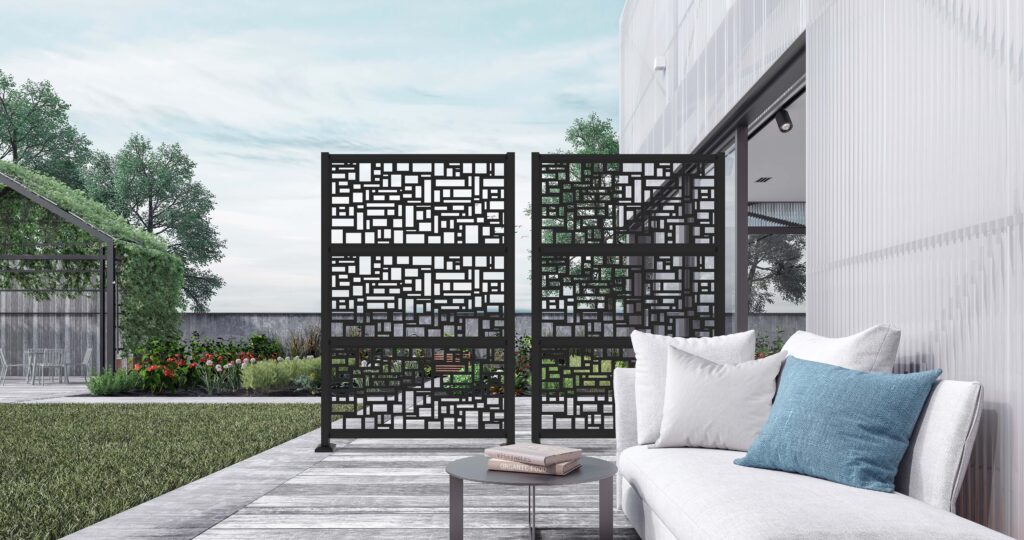
4. Flexibility in Design
With so many styles and materials available, you can easily switch out your screen panels with the seasons or as your decor evolves.
How to Install Decor Screen Panels
Tools and Materials Needed
Before you begin, gather the following tools and materials:
- Screen panels
- Measuring tape
- Level
- Screws and anchors (if needed)
- Drill
- Screwdriver
Step-by-Step Installation Guide
- Measure the Area: Ensure that you have the correct size for the intended installation space.
- Mark the Placement: Use a pencil to mark where the panels will be installed on the wall or floor.
- Install Hardware: If your panels require wall mounting, install the necessary brackets or anchors.
- Attach the Panels: Secure the panels in place, ensuring they are level and properly aligned.
Personal Experience: My Journey with Decor Screen Panels
When I first decided to redecorate my home office, I was adamant about achieving a cozy yet functional workspace. After stumbling upon decor screen panels at a local design store, I was immediately inspired! I opted for a beautiful wooden panel with intricate carvings that complemented my rustic decor style.
The addition of the screen not only created a more intimate workspace but also served as a stunning backdrop for video calls. It felt like a small investment with a huge payoff in terms of both functionality and aesthetics.
Decor Screen Panels in Different Settings
1. Living Room
Screen panels can separate the living area from dining spaces, helping create a more defined look in open-concept layouts. Here are some ideas:
- Choose a striking patterned panel as a focal point.
- Use fabric panels to soften hard edges and corner spaces.
2. Bedroom
In the bedroom, screens can be used to separate sleeping areas from dressing areas or to create a cozy reading nook.
- Opt for lighter materials to maintain a serene atmosphere.
- Choose colors that promote relaxation, such as soft blues or gentle greens.
3. Office Space
In a home office, screen panels can provide privacy while still allowing light to filter through.
- Consider sound-absorbing panels for improved acoustics.
- Use a panel with a chalkboard finish for a functional yet creative touch.
Maintenance Tips for Decor Screen Panels
Wooden Panels
- Dust regularly to prevent build-up.
- Apply a wood conditioner yearly to maintain the finish.
Metal Panels
- Wipe with a damp cloth to keep clean.
- Avoid harsh chemicals that could damage the finish.
Glass Panels
- Use glass cleaner for a streak-free shine.
- Be mindful of weight and ensure secure mounting.
Fabric Panels
- Vacuum regularly to minimize dust accumulation.
- Spot clean stains promptly to prevent lasting marks.
FAQs About Decor Screen Panels
Q1: Are decor screen panels suitable for outdoor use?
A: Yes, many decor screen panels are designed for outdoor use, particularly those made from weather-resistant materials like metal or treated wood.
Q2: Can I customize my decor screen panels?
A: Absolutely! Many manufacturers offer a range of customizable options where you can select materials, colors, and patterns that fit your vision.
Q3: How much do decor screen panels typically cost?
A: The cost can vary significantly based on the material and design, ranging from $50 for basic fabric panels to over $500 for intricate wooden designs.
Q4: Do I need professional help to install screen panels?
A: Most decor screen panels can be installed by DIY enthusiasts. However, for larger or more complex installations, consider hiring a professional.
Conclusion: Elevate Your Space with Decor Screen Panels
Incorporating decor screen panels into your home design can dramatically transform the feel of a space. From enhancing aesthetics to providing functional benefits, these versatile elements are a worthwhile addition to any home. I encourage you to explore the various types and styles available, and perhaps, like me, you’ll find that one simple change can make a world of difference.
Thank you for reading my guide on decor screen panels! I hope you found the information helpful and inspiring for your next home project. Happy decorating!